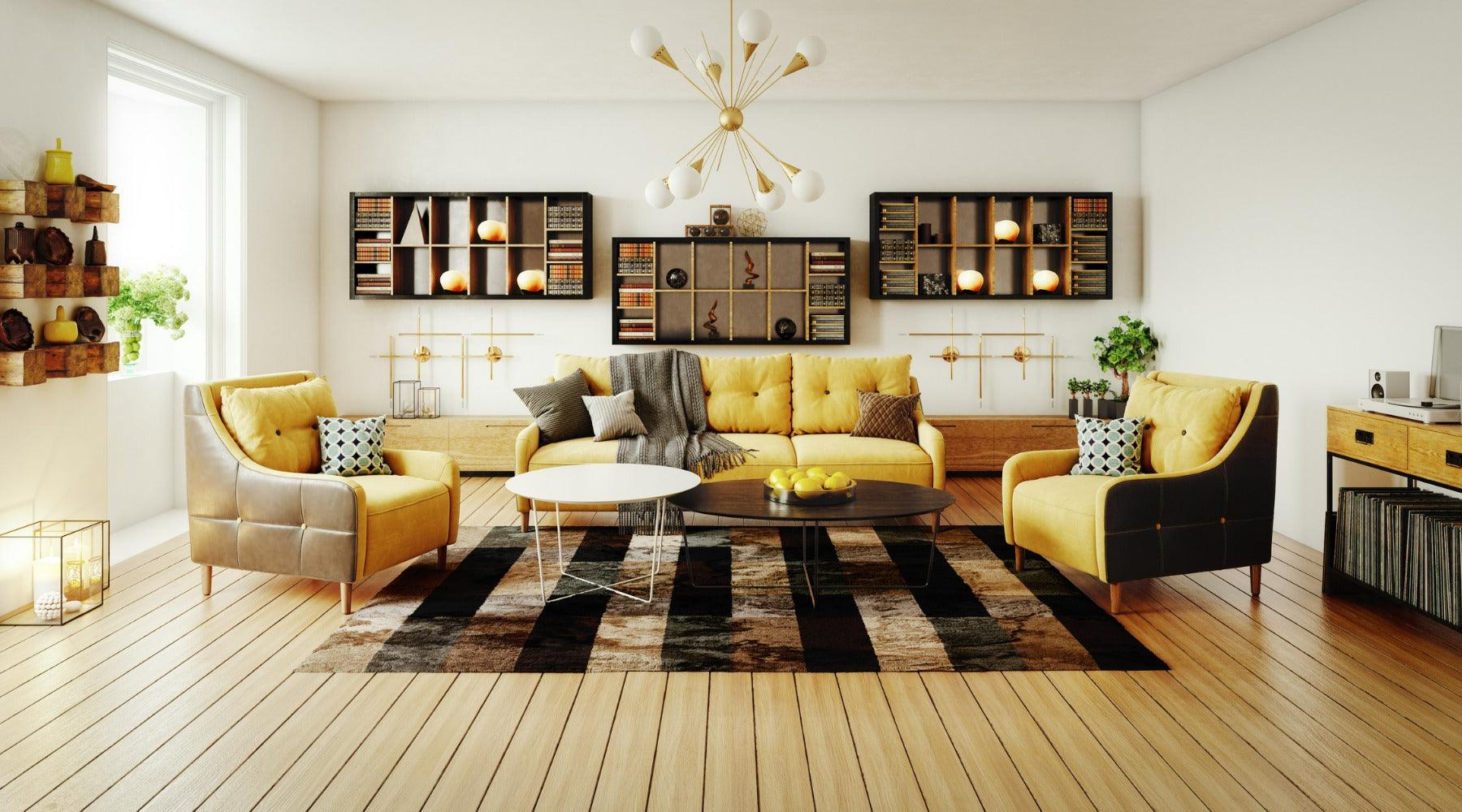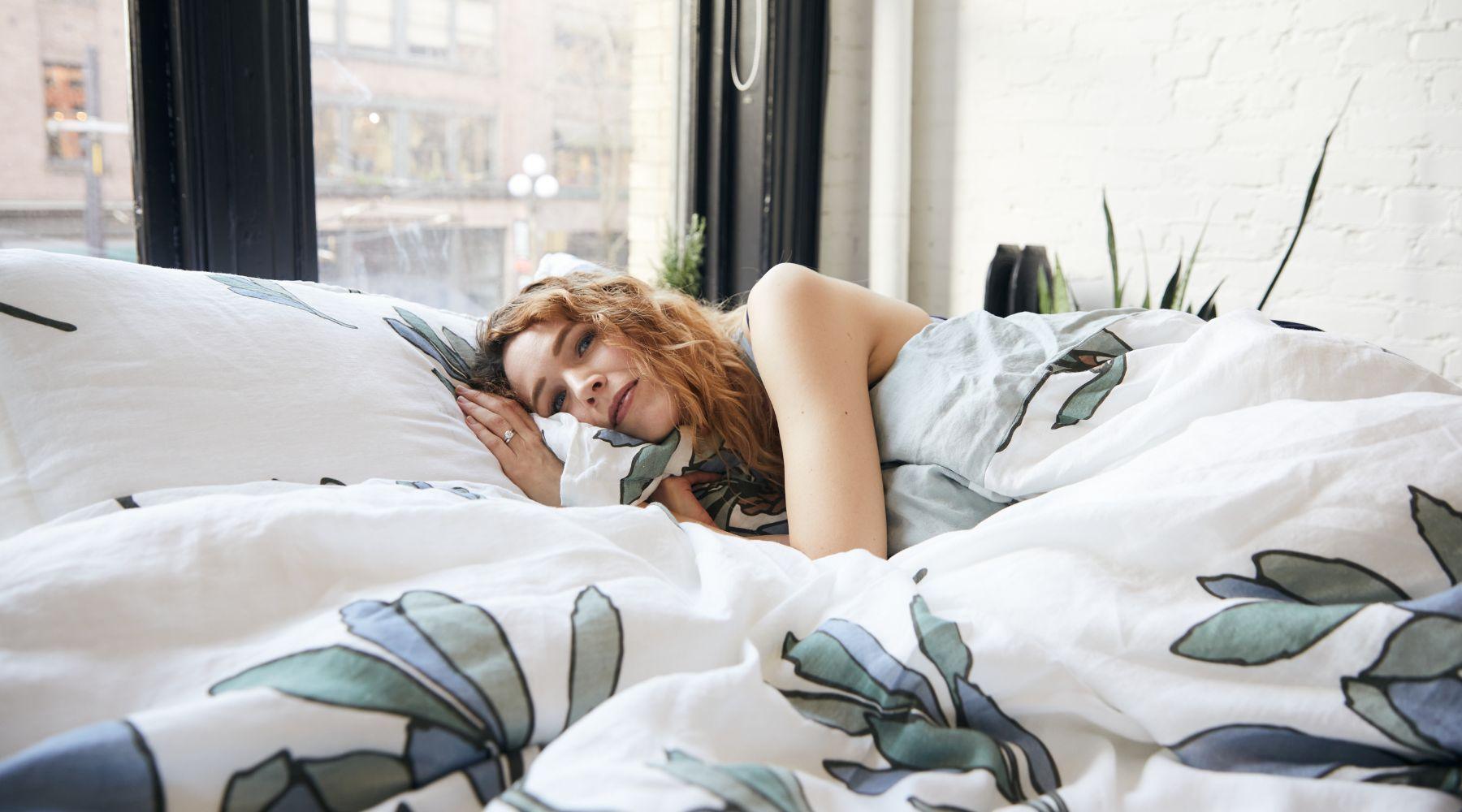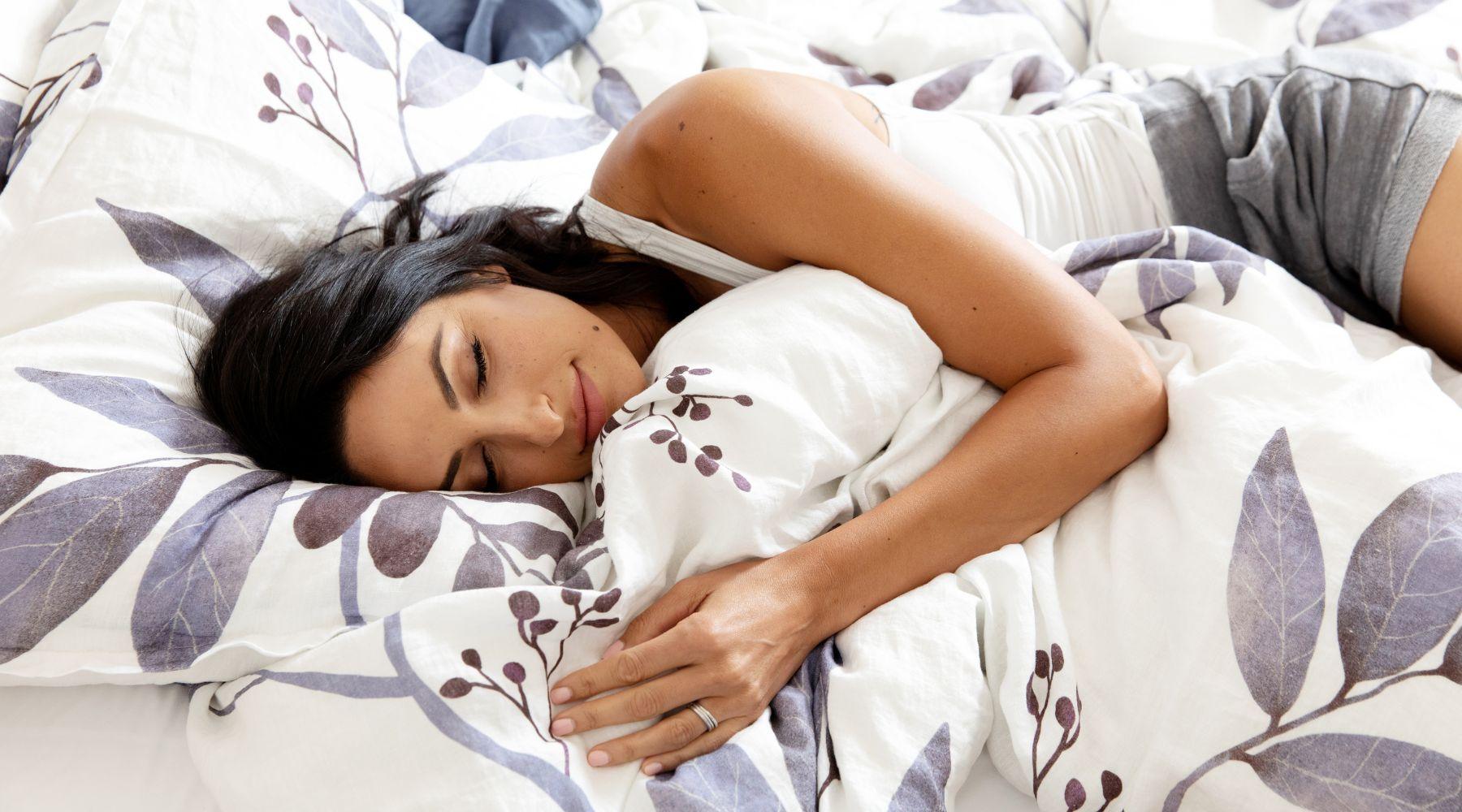
What is Modern Scandinavian Design?
Scandinavian design has been popular for decades—see how the design aesthetic has evolved and what modern Scandinavian design means today.
A Brief History of Modern Scandinavian Design
Scandinavian design as we know it originated in the early 20th century. Inspired by the Modernist movement taking hold across Europe and North America, Scandinavian designers created their own version that used light colors and big windows to make the most of limited natural light. Within Scandinavia, this style was known as Functionalism and championed democratic design that was accessible, affordable, and functional for all people.
Many scholars refer to the opening of the 1930 Stockholm Exhibition as the day that Scandinavian design made its international debut. Organized by the Swedish Society of Industrial Design (Svenska Slöjdföreningen), the Stockholm Exhibition promoted the modern Swedish aesthetic to the world. Two of the most popular motifs—tubular steel chairs and modular furniture—are still widely used today.
The show, however, was not without its detractors—particularly within Sweden itself, where many found the designs to be too stark and austere. In the years that followed, a softer version of Functionalism emerged: steel was replaced with wood, and designers such as Josef Frank launched colorful, nature-inspired textiles. Our Scandi-style duvet covers hark back to this golden age of design, using patterns inspired by Nordic nature.

In the 1950s and 1960s, Danish design—particularly Danish chairs—came to dominate offices around the world. Iconic mid-century pieces such as Finn Juhl’s Chieftain chair and Hans Wegner’s Wishbone Chair used clean lines and natural materials to create a timeless look. Later on, Arne Jacobsen and Verner Panton introduced a splash of color with their Egg and Panton chairs, respectively. In 1958, the first IKEA store was opened, and the brand began to gain popularity—though the pieces looked much more vibrant than they do today!
Scandinavian Design in the 2000s: Neutrals Take Over
Over the following decades, the color leached out of Scandinavian design and was replaced with warm whites and grays. This style reached its peak in the 2000s, as a proliferation of new, mid-price Danish brands—Normann Copenhagen, Ferm Living, & Tradition—brought designer pieces within reach of many more people.
This neutral style became hugely popular, due to its timelessness, affordability, and ease—there’s no need to worry about clashing colors when everything is white. Many people today still think of this neutral style when they hear the words “Scandinavian design.”
If you enjoy the fresh look of the 2000s, check out our solid-color Scandi-style duvet covers in white and gray. Our organic linen bedding fits perfectly with the white walls and natural materials that typify this look.
Scandinavian Design Today: A Style Reborn
To the casual viewer, it may seem as though little has changed in Scandinavian design. Big brands like IKEA continue to play it safe with minimalist pieces in whites, grays, and natural wood tones—they produce furniture in such quantities that it’s important that they are liked, if not loved, by everyone.
But if you look among the grassroots, you’ll find smaller design houses and individuals redefining what it means to be Scandinavian. Last year, we wrote about the maximalist movement that’s building in Denmark, as designers rebel against the neutral-toned homes they grew up in. Danish glass artist Helle Mardahl describes her work as a “rich and playful sweet shop,” filled with organic shapes and beautiful colors. In an interview with Departures, drapery designer Arne Aksel described the gray and beige apartment he used to live in. “I think people just can’t take it anymore!” he said. “I wanted to create designs that make people happy. When people have gray curtains then the light will be gray. But if you have pink, there will be more light in the room.”
Unfortunately, these independent designers tend to get buried by mainstream media (which can often be several years late in reporting on a new trend). Just as with the Stockholm Exhibition of 1930, the best place to discover modern Scandinavian design is at a festival—a bucket-list item for any true Scandi design lover.

Now celebrating its 11th year, Copenhagen’s 3daysofdesign festival (June 12-14, 2024) will be its biggest yet, with 350 designers coming together to showcase their latest work. Danish architecture firm BIG—which we’ve previously covered on this blog—designed this year’s logo, “Dare to Dream,” where purple text pops against a fuchsia and peach sky. Sustainability is high on the agenda, with designers needing to meet stringent sustainability criteria before they can exhibit.
In Sweden, Stockholm Design Week (Feb. 3-9, 2025) is where journalists go to gauge the pulse of the industry, though the emphasis is generally on international designers. For a more Sweden-focused festival, check out Southern Sweden Design Days (SSDD) in Malmö, which celebrated its fourth edition in May. SSDD combines big exhibitions with an “open studios” concept, where visitors can look around the designers’ workspaces. Visitors to SSDD will be surprised by the color and variety on display—a complete contrast to the Swedish design of popular imagination. Sustainability is once again at the fore: the “Crochet your Trash” exhibition, for instance, crochets leftover materials into beautiful textiles.
In Norway, the Oslo Design Fair (January and August) is the country’s biggest design showcase, though it’s aimed at potential buyers rather than casual visitors. Norwegian design, with its folk-art influences, has always been quirkier and more colorful than that of its Scandinavian neighbors. Recent fairs have been no exception, with bright colors and organic, nature-inspired forms dominating.
Although modern Scandinavian design has changed over the decades, the concepts underpinning it remain the same: it’s functional, affordable and above all, sustainable.
The Modern Dane’s organic linen bedding adheres to the same principles upon which modern Scandinavian design was founded. It’s made from 100% organic European linen, which is moisture-wicking, breathable, and hypoallergenic. Flax, the plant from which linen is made, is a carbon-negative crop that can be grown without the use of harmful pesticides or artificial fertilizer.
What’s your favorite Scandi design piece? Do you use Scandi design principles in your home? Let us know on Instagram, Pinterest, Facebook or Twitter!







Leave a comment
This site is protected by hCaptcha and the hCaptcha Privacy Policy and Terms of Service apply.